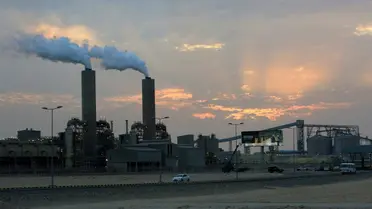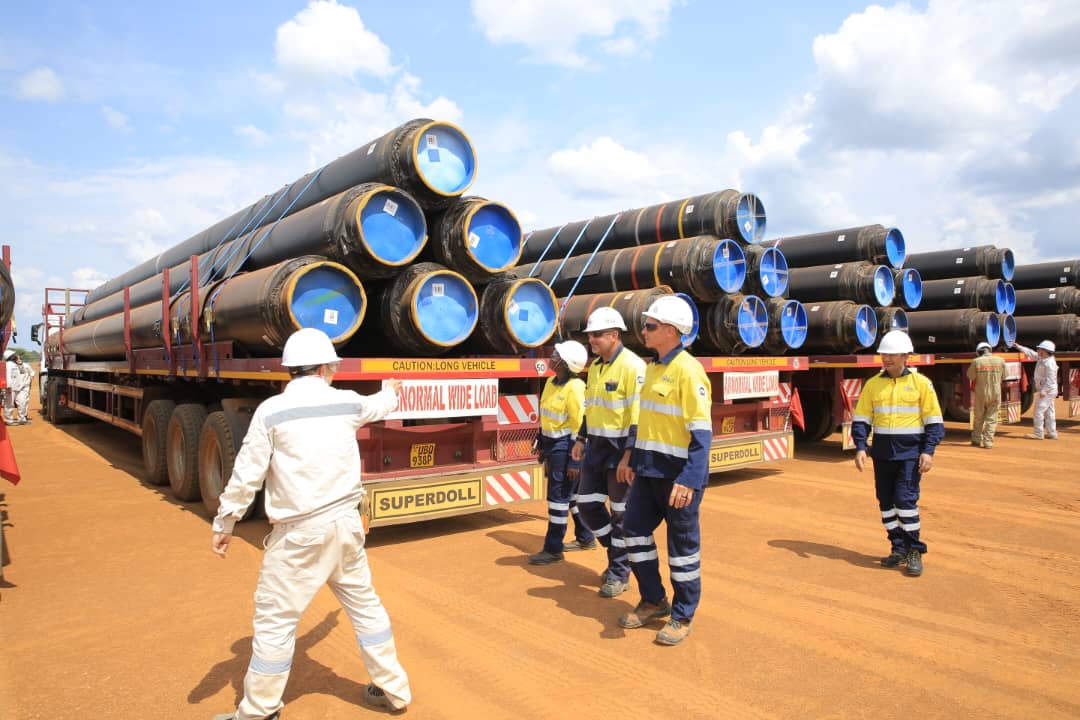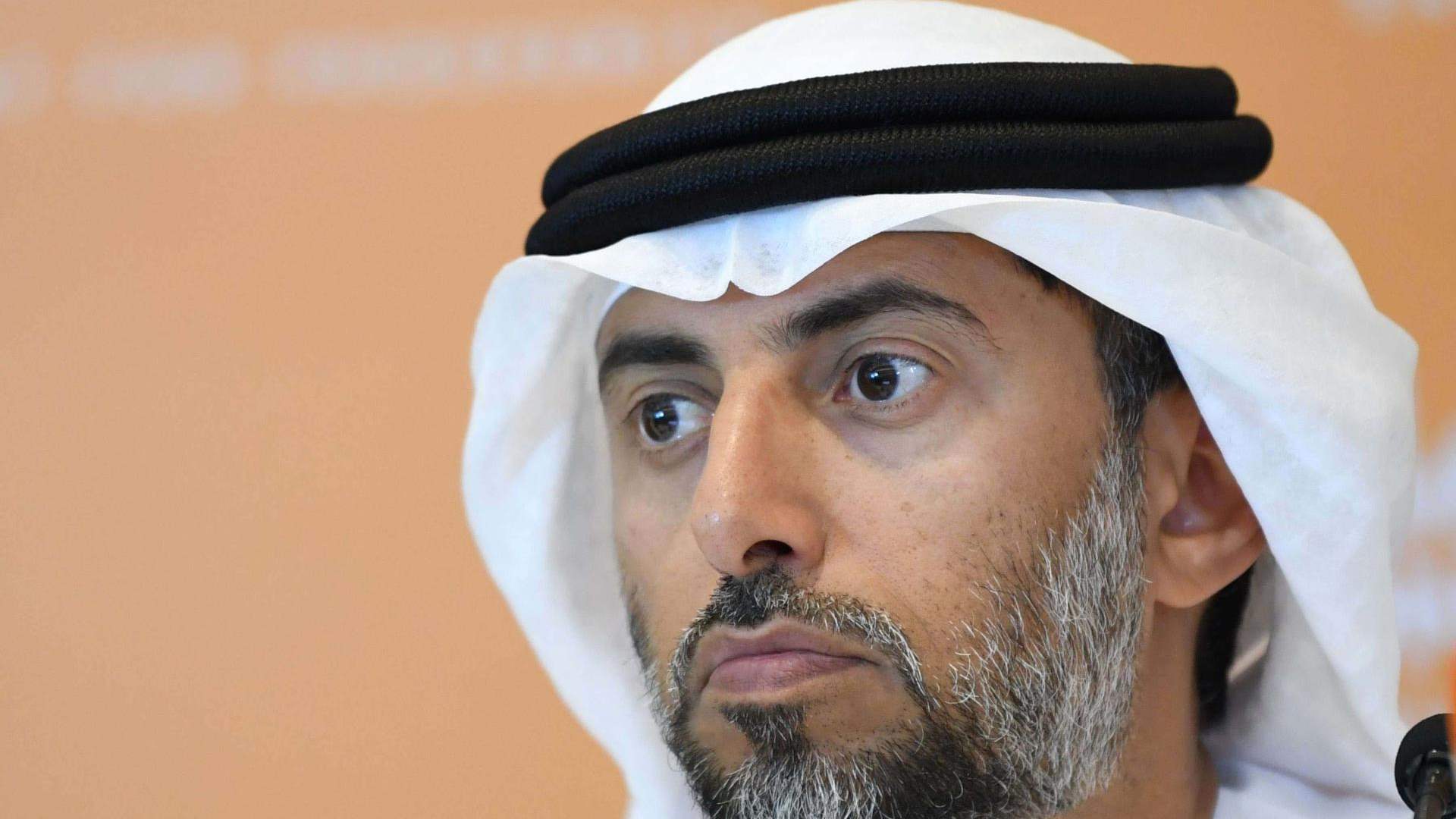Distribution

MENA electricity demand to rise 50% by 2035, driven by cooling and desalination

Electricity consumption in the Middle East and North Africa (MENA) has tripled since 2000 and is projected to grow by another 50% by 2035, according to a new report from the International Energy Agency (IEA). The surge is expected to be met by a shift towards natural gas, renewables and nuclear power, while oil’s share in the regional power mix declines sharply.
The report, The Future of Electricity in the Middle East and North Africa, highlights how rising populations, incomes, urbanisation, and industrialisation have fuelled power demand across the region. Extreme heat and water scarcity are set to drive much of the future growth, with cooling and desalination alone accounting for around 40% of the projected increase in consumption over the next decade.
“Electricity demand is surging across the Middle East and North Africa, driven by the rapidly rising need for air conditioning and water desalination in a heat- and water-stressed region with growing populations and economies,” said IEA Executive Director Fatih Birol. “To meet this demand, power capacity over the next 10 years is set to expand by over 300 gigawatts, the equivalent of three times Saudi Arabia’s current total generation capacity.”
Dubai clean energy
Natural gas is forecast to meet half of the region’s additional power needs by 2035, helping to reduce oil’s role in electricity generation from 20% today to just 5%. At the same time, solar PV capacity is set to increase tenfold, pushing renewables to about a quarter of total generation. Nuclear power is also poised for major growth, with regional capacity expected to triple.
Investment in the sector is already rising. Power sector spending reached $44 billion in 2024 and is projected to climb by 50% by 2035. Almost 40% of this will go into modernising grids and expanding regional interconnections, which the IEA stressed are essential to cut transmission losses and secure supply.
The agency also pointed to energy efficiency as a key lever. Air conditioners in the region currently operate at less than half the efficiency of those in Japan. Improving their performance alone could reduce peak demand growth by an amount equal to Iraq’s entire power capacity today.
The IEA warned that if diversification targets are not met, oil and gas use for power would rise by more than a quarter by 2035, cutting $80 billion from export revenues and adding $20 billion to energy import bills.
“Based on the policy plans of governments across the Middle East and North Africa, the region is set to steadily shift away from using oil for electricity generation over the next decade, with natural gas, solar and nuclear all expanding,” said Birol. “This is set to change the power mix considerably, with implications for global energy balances and emissions.”












